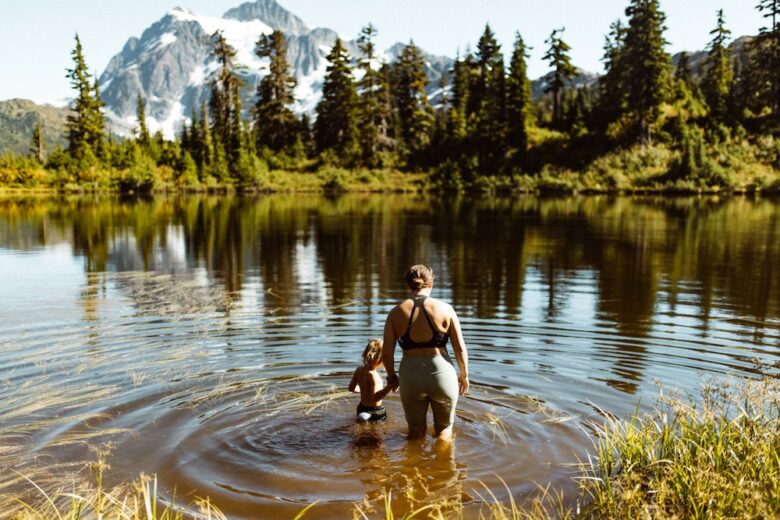Things to consider when choosing a life jacket for your toddler
As a family, some of the most memorable trips and activities you can engage in and have a great time involve water.
Be it swimming in the pool, kayaking along the river, visiting a water-park or merely fishing in the wee hours of the morning, you are sure to have a wonderful time.
Most parents take the time to ensure that their children learn how to swim. But despite this, it’s still wise to check your child is wearing safety gear before jumping into water.
According to Shobita Ravichandran of Parenthood Guide, these are some of the things you need to consider while choosing the best toddler life jacket.
Certification
Your child’s safety starts with you. Before picking any life jacket, ensure that the vest – the floating device – is approved for use by the US coast guard. To do this, check the inside label; it must read “US Coast Guard Approved.”
This seal of approval means that it has passed the minimum buoyancy test necessary to support your child’s weight and has been impact tested. Don’t cut corners and buy vests that haven’t been approved by the Coast guard.
Fitting
The next thing to check is the size and fit of the jacket. It should also have the appropriate weight. It shouldn’t be too small or large to fit your toddler. If it’s too big, then it means that your kid could potentially slip through the life-jacket. If it’s too tight, then they could get constricted by the life-jacket.
You can perform a simple exercise to figure out whether it’s the right fit or not. Ask your child to raise their arms way above their head – if they can. To qualify as a good fit, the top of the jacket should not go past their ears. It should fit the toddler with enough room for breathing.
Design
For infants and children who are under the age of three and under 40 pounds, the personal floatation part of the vest must have a head and neck rest. A strap that slips under the child’s crotch is also a must. It helps prevent them from falling out of the vest while in water.
A hook on the back of the vest is also a wise addition – it will effortlessly help you pull the child out of water in emergency cases.
Appearance
While shopping for the best toddler life jacket, avoid picking dull colours or jackets with patterns and prints. It’s essential to stick to simple, brightly coloured jackets.
This increases visibility while in water. In cases of search and rescue, it will be easier to locate persons who are in distress. Yellow and bright orange life jackets are recommended.
Fabric
Life jackets are mostly made from two fabrics; nylon or neoprene fabric. Neoprene fabric is soft and highly elastic. This makes life jackets made from this fabric comfortable to wear. Vests made of nylon tend to be less expensive. On the other hand, they are usually less buoyant.
At the end of the day, whether you pick a nylon life-jacket or neoprene, the difference in safety isn’t that significant. Both are capable of providing excellent security for your infant while in water. Your choice and not wallet will determine which product you pick.
Contrary to common belief, a majority of drownings take place in shallow, calm waters. Shockingly, most of these cases were within a few feet from help. The majority of these people had access to life-jackets but chose not to put them on.
Take your time while selecting the best toddler life jacket. It just might save your child’s life. Choosing the right jacket includes selecting the proper jacket for the water you hope to use it in.
Make a point to test the life-jacket on the infant in a controlled environment to ensure it works as it should. Lastly, take your time to teach your child the importance of ALWAYS putting on their life-jacket each time they get into a body of water.




